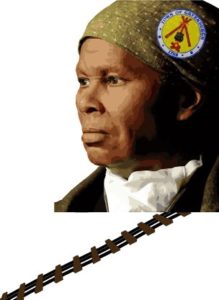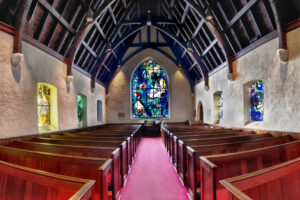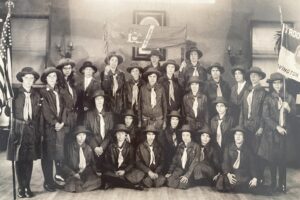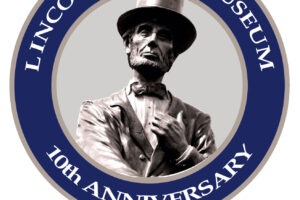 Not all rebels wave the Confederate Flag. Or do they? That depends on your answer to the question, “What is a rebel?”
Not all rebels wave the Confederate Flag. Or do they? That depends on your answer to the question, “What is a rebel?”
In answering this question Merriam Webster Dictionary and Encarta Dictionary provide two different answers. Merriam Webster Dictionary defines a rebel as “One who opposes or takes up arms against a government or ruler.” In contrast Encarta Dictionary defines a rebel as “Somebody who rejects the codes and conventions of society.” Both of these answers are relevant to The United States in the period 1861-1865.
While Greenburgh didn’t have any of the first type of rebel, it had a few of the second. Racism and white supremacy were the dominant social and moral codes in Greenburgh during the Civil War years, but there were a proud and enlightened few who were brave enough to rebel against them and help runaway slaves reach their freedom. These were the people who made their homes, churches, and businesses into a ring of safe-houses for runaway slaves. These men and women became “conductors” and these buildings became “stations” in what became known as The Underground Railroad.
This article is the story of those rebels who did what was considered wrong but what they knew was right and the buildings in which they hid their precious cargo. There were two different Underground Railroad routes in Westchester County:
Route 1: Hastings to Tarrytown (passing through Dobbs Ferry and Irvington), Tarrytown, to Syracuse, Syracuse to Buffalo, Buffalo to Montreal, Canada.
Route 2: Pleasantville to Montreal, Canada.
As Pleasantville is not in Greenburgh, this article will only discuss the first route.
Hastings:
The first stop was Mr. William H. Schenck’s house in Greenburgh’s village of Hastings. Mr. Schenck, a carpenter, hid runaway slaves in his cellar and was so secretive about it, that he did not even tell his wife Mary.
After hiding the slaves in his cellar for several days, he would then lead them on foot to the next station, the restaurant called Downing’s Oyster House on 23 Wall Street at the south east corner of Nassau and Wall. The owner, Thomas Downing, was the “conductor” at this “station.” Mr. Downing would then take them by train to 158 Church Street, the location of the next station. This station was Mother AME Zion Church. This church was founded in 1796. Bishop James Varick, was the conductor at this station.
From this station passengers would proceed to pass through the land which the villages of Dobbs Ferry and Irvington now occupy on the way to the last stop in Greenburgh at 90 Wildey St, Tarrytown.
Tarrytown:
At this address stood Foster Memorial AME Zion Church, this church was founded in 1860, by Amanda and Henry Foster. It provided food and shelter to runaway slaves during the Civil War. The person responsible for collecting the food given to the slaves was Reverend Jacob Thomas. He served as the conductor for this station.






